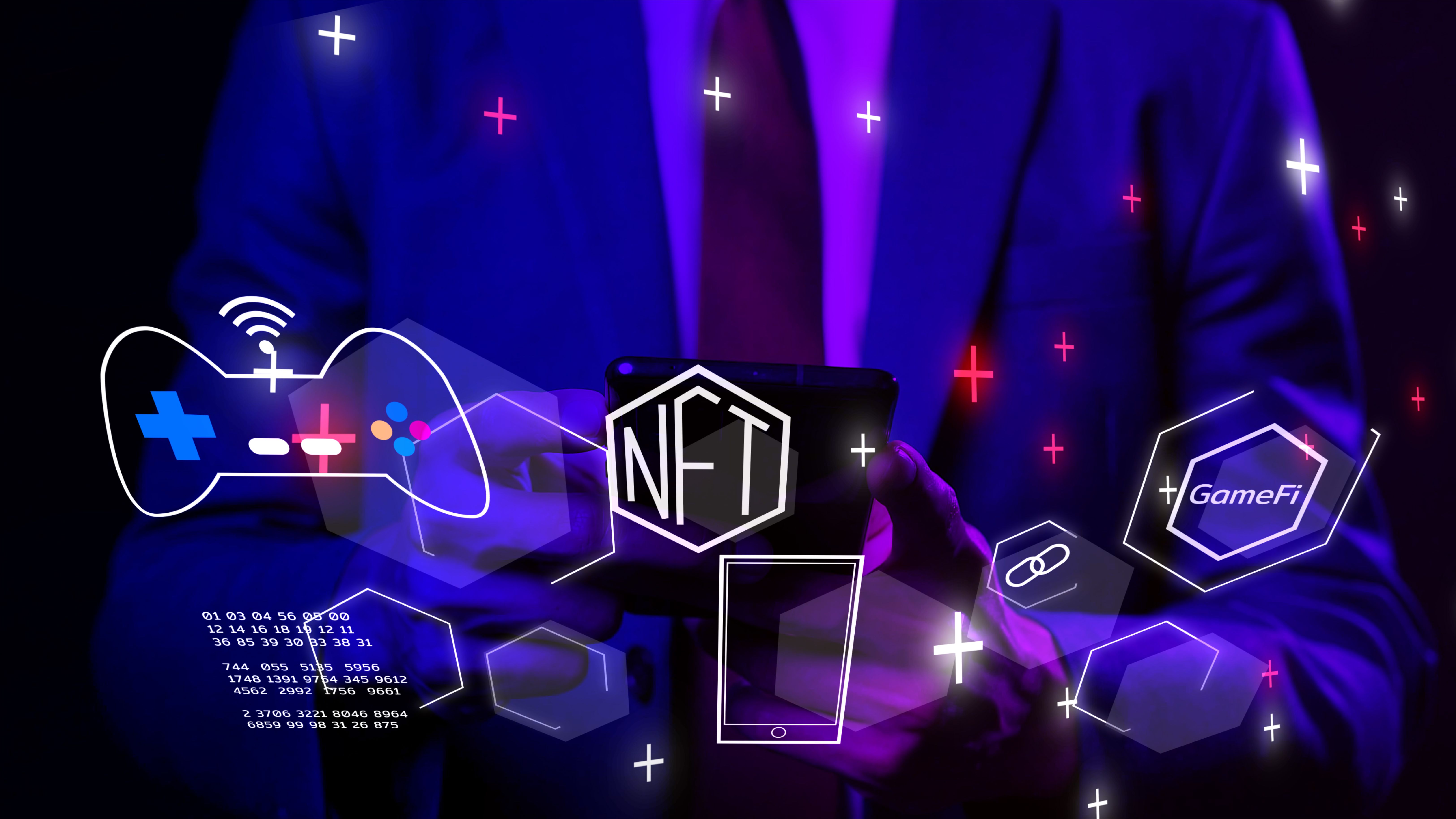Advanced Tokenomics in Play-to-Earn Gaming Economies
Understanding Advanced Tokenomics in Play-to-Earn Games
As the gaming industry evolves, Play-to-Earn (P2E) games are becoming a focal point for gamers and investors alike. These games offer a unique opportunity to earn real-world value through in-game activities, facilitated by blockchain technology and tokenomics. But what exactly are advanced tokenomics, and how do they shape the P2E gaming economy?
Tokenomics refers to the economic model behind a particular cryptocurrency or token, including its creation, distribution, and potential use cases. In the realm of P2E games, advanced tokenomics play a critical role in ensuring sustainability, fairness, and growth within the game's ecosystem.

The Role of Dual-Token Systems
One of the key features of advanced tokenomics in P2E games is the implementation of dual-token systems. This approach typically involves two types of tokens: one for governance and another for utility. Governance tokens allow players to participate in decision-making processes related to game development, while utility tokens facilitate transactions and reward systems within the game.
This dual-token system helps to balance power among players and developers, ensuring that the community's voice is heard while maintaining a stable in-game economy. Additionally, it provides a mechanism for both short-term rewards and long-term investment opportunities for players.
Incentivizing Player Participation
Incentivizing player participation is a crucial aspect of advanced tokenomics. By offering rewards for specific in-game achievements or contributions, developers can encourage more engagement and build a thriving community around their games. These rewards often come in the form of tokens that can be traded, sold, or used within the game ecosystem.
Moreover, some P2E games are now incorporating staking mechanisms, where players can lock up their tokens in exchange for additional rewards. This not only incentivizes ongoing participation but also reduces token circulation, potentially leading to increased value over time.

Managing Inflation and Token Supply
Another critical component of advanced tokenomics is managing inflation and token supply. Without proper management, the value of tokens can quickly diminish, impacting the overall health of the game's economy. To address this, developers often implement mechanisms like token burning or buybacks to regulate supply.
Token burning involves permanently removing a portion of tokens from circulation, which can help stabilize or increase token value by reducing supply. Buybacks, on the other hand, involve purchasing tokens from the market to support price stability and demand.
The Future of Play-to-Earn Economies
As P2E games continue to grow in popularity, the complexity and sophistication of tokenomics will likely increase as well. Developers are continuously exploring new ways to enhance player experience and create sustainable economies. This includes introducing dynamic rewards systems, cross-platform integrations, and innovative governance models.

The future of P2E gaming economies will undoubtedly be shaped by these advancements in tokenomics. As players become more involved in governance and decision-making processes, we can expect to see more player-driven innovations that push the boundaries of what's possible in gaming.
In conclusion, advanced tokenomics are at the forefront of transforming P2E gaming economies. By understanding these mechanisms, players and investors can better navigate this exciting new landscape and capitalize on the opportunities it presents.
